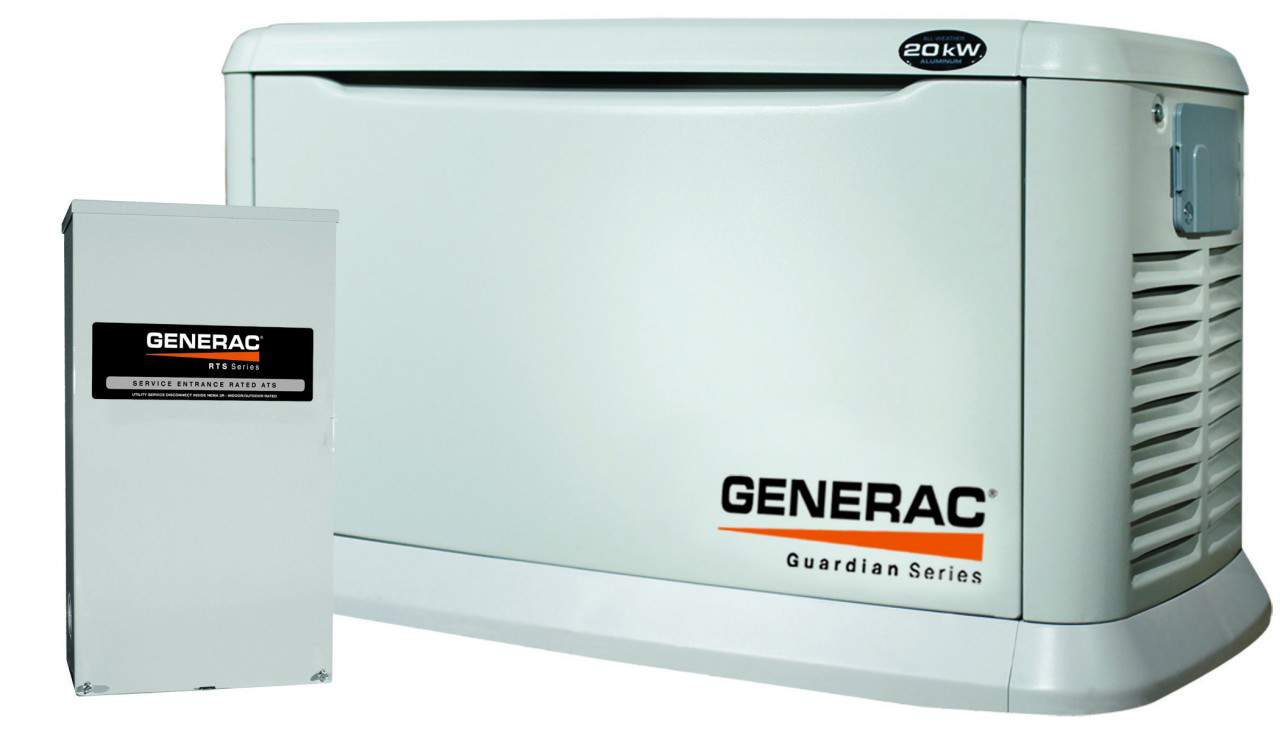Introduction:
As homeowners become increasingly conscious of their environmental impact and energy costs, solar-powered generators have emerged as a sustainable and cost-effective solution for home backup power. In this blog post, we will explore the advantages of solar-powered generators, discuss popular models and brands, and provide guidance on choosing the perfect one for your home.
How Solar-Powered Generators Work:
Solar-powered generators use photovoltaic (PV) panels to convert sunlight into electricity. This electricity is stored in a battery bank, which can be used to power your home during power outages or emergencies. Solar generators typically include an inverter, which converts the stored direct current (DC) power into alternating current (AC) power compatible with your home’s electrical system.
Advantages of Solar-Powered Generators:
Environmental Impact:
Solar-powered generators produce clean, renewable energy with zero emissions, making them an environmentally responsible choice for home backup power. By choosing a solar generator, you reduce your carbon footprint and contribute to a more sustainable future.
Energy Independence:
Solar generators harness the power of the sun, providing a reliable and renewable energy source that is not dependent on traditional fuel supplies. This means you have greater control over your energy costs and security during outages or emergencies.
Cost Savings:
While the initial investment for a solar-powered generator may be higher than that of a traditional generator, the long-term savings can be substantial. With no fuel costs and minimal maintenance requirements, solar generators can help you save on energy expenses over time.
Top Solar-Powered Generator Models and Brands:
Several reputable brands offer high-quality solar-powered generators, including Goal Zero, Jackery, and Bluetti. When selecting a solar generator, consider factors such as battery capacity, solar panel wattage, inverter power output, and additional features like expandability and portability.
Installation and Maintenance Insights:
Installing a solar-powered generator typically involves mounting the PV panels, connecting the battery bank, and setting up the inverter. We recommend working with a professional installer familiar with local building codes and safety regulations to ensure a safe and efficient installation. Once installed, solar generators require minimal maintenance, such as periodic battery inspections and cleaning of the solar panels to ensure optimal performance.
Conclusion and Recommendations:
Solar-powered generators offer a sustainable and cost-effective solution for home backup power. By understanding their advantages and selecting the right model for your needs, you can harness the power of the sun and secure your home’s energy future. Consult with a professional installer to determine your home’s power requirements and invest in a solar-powered generator to safeguard your home’s energy supply during outages and emergencies.
